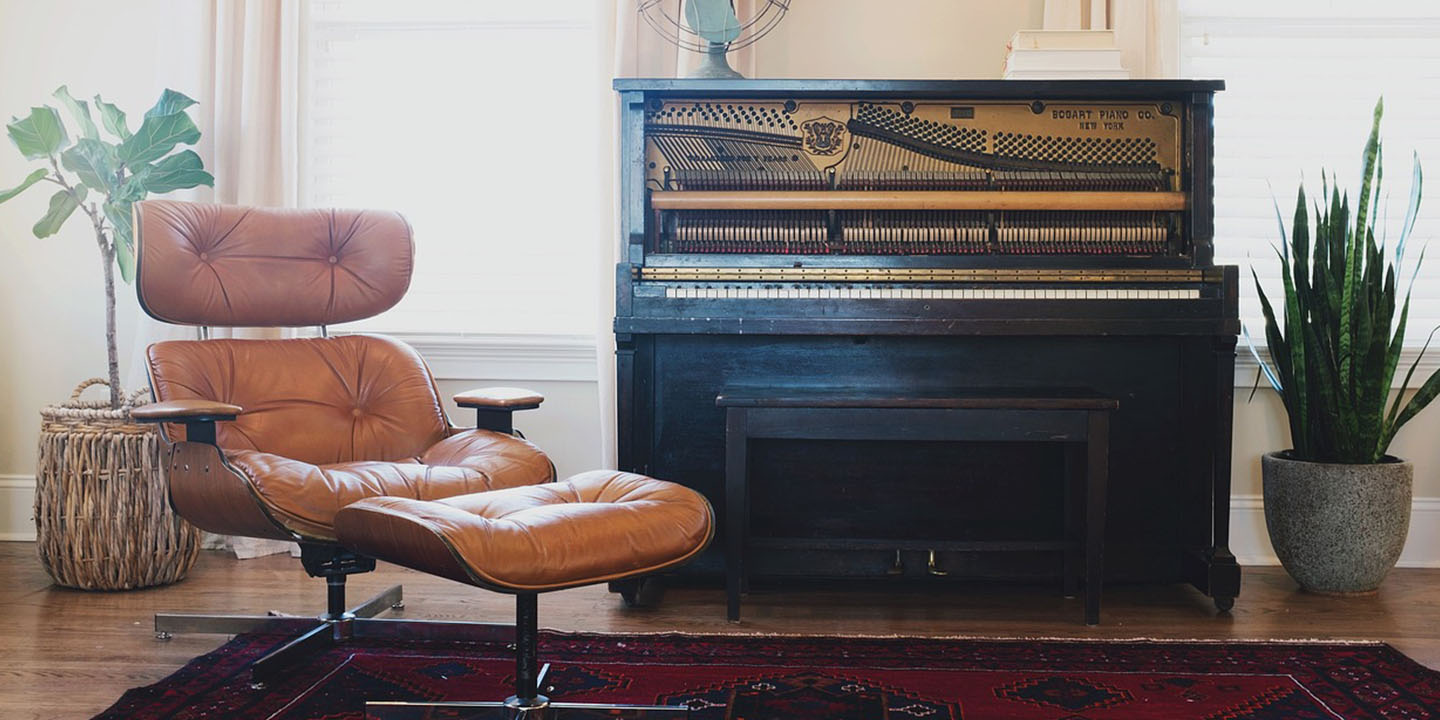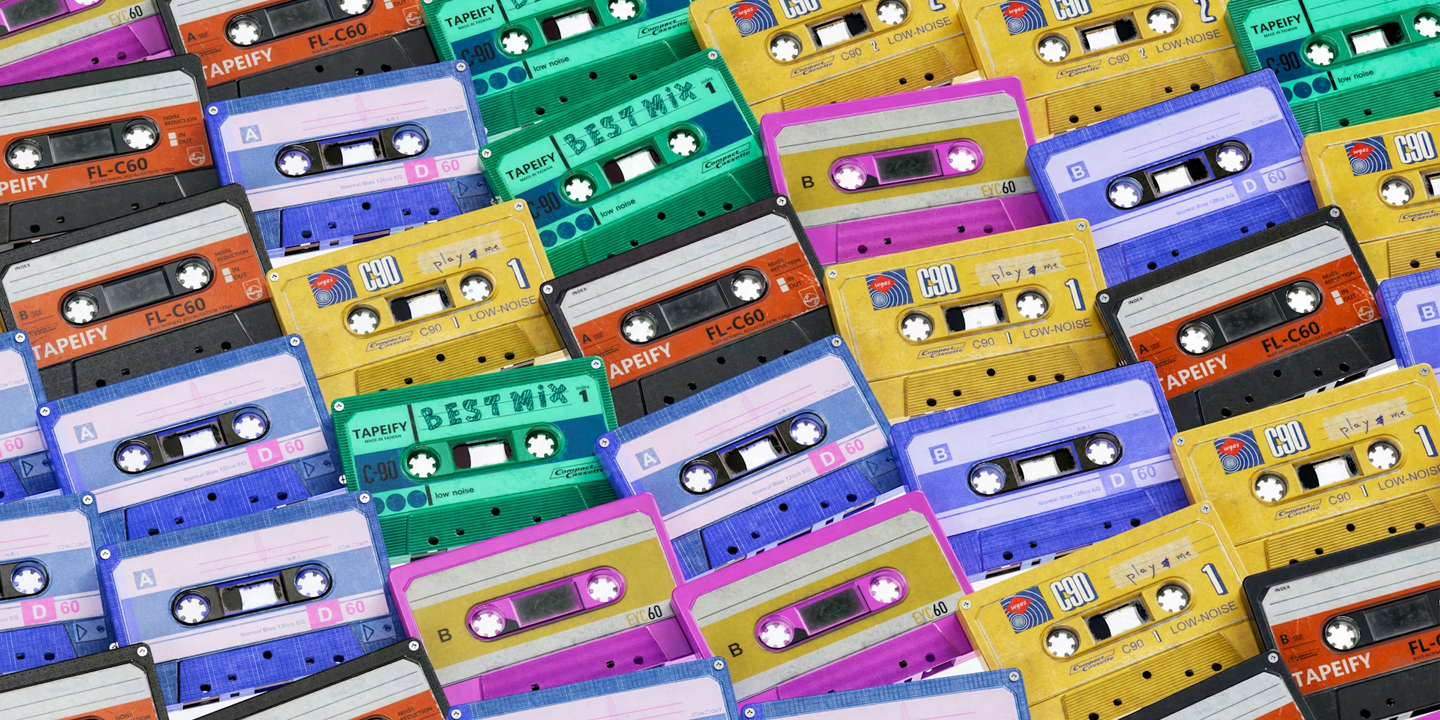Things You’d Google Now
Some things just made more sense before the internet came along to explain everything. They got the job done with every crank, churn, or clack. Your grandparents didn’t need instructions to understand them. They just figured it out. Those items may look confusing to you now, but back then, they were everyday essentials. So, let’s take you on a nostalgic ride with 20 forgotten items. You’ll smile and say, “Whoa, I didn’t know that!”
1. Icebox
Before electric refrigerators, cold storage depended on ice, which was delivered straight to the doorstep. Iceboxes kept perishables cool using 25–50 lb blocks. Ice routes ran daily in summer. Children sometimes chased the trucks for chips, which turned delivery into both routine and neighborhood entertainment.
 Helsingin kaupunginmuseo on Wikimedia
Helsingin kaupunginmuseo on Wikimedia
2. Party-Line Telephone
Several households shared one telephone line, each identified by unique ring patterns. Eavesdropping was rampant, and arguments often erupted over “line hogging.” Still, this setup enabled affordable phone access when individual lines were a luxury few could justify or afford.
3. Washboard And Basin Laundry Setup
Manual scrubbing dominated laundry day before electric machines. The washboard, paired with lye soap and elbow grease, tore into both fabric and knuckles. In some households, it doubled as a makeshift musical instrument. Despite the effort, it remained a staple for generations.
4. Hand-Cranked Coffee Grinder
This wall-mounted tool turned roasted beans into a morning ritual. Long before electric grinders, these wood-and-metal devices demanded physical effort and patience. It allowed households to grind only what they needed: fresher brews and tighter control over daily coffee intake.
5. Vacuum Tube-Powered Radio Console
Between the 1920s and 1950s, consoles with vacuum tubes provided news and drama to millions. They glowed warmly, weighed over 50 pounds, and took minutes to warm up. Their presence marked a shift toward shared media experiences in American homes.
6. Milk Delivery Box
Perched beside doorsteps, these insulated boxes kept milk cool until retrieved. Deliveries were frequent and included swapping empty bottles for full ones. Many milkmen had keys to customer homes for fridge access. Cream rose to the top, requiring a good shake before pouring a glass.
 Cow Belle Milk Box by Brian E. Niskala
Cow Belle Milk Box by Brian E. Niskala
7. Manual Typewriter With Ribbon Spools
Before spellcheck, writing was permanent. Manual typewriters demanded forceful keystrokes and operated using ink-soaked ribbon spools. The carriage return required a sweeping arm motion. Mistakes were corrected with white-out, which was only available after the 1950s. Yet these machines remained indispensable in offices and newsrooms.
8. Coal Scuttle And Stove Companion Set
Coal stoves provided essential heat, and scuttles kept fuel within arm’s reach. The metal containers fed bulky cast-iron stoves, leaving dust everywhere. Deliveries often left trails on porches and streets. In many families, carrying coal was considered a punishment or an unrelenting childhood chore.
 The Hamlett Coal Scuttle by Black Country Metal Works
The Hamlett Coal Scuttle by Black Country Metal Works
9. Wind-Up Phonograph With Horn Speaker
This pre-electric sound machine played music via cranks and steel needles. Giant horn speakers amplified the vibrations from wax cylinders or shellac discs. Homes filled with its mechanical hum, often to the confusion of nearby dogs. It revolutionized entertainment in the early 20th century.
10. Aluminum Ice Cube Trays With Lever
Long before silicone molds, these metal trays reigned in freezer compartments. A hinged lever cracked the cubes free, sometimes painfully sticking to wet fingers. Dropping one could dent or break it. Still, they offered a consistent method of preparing ice in postwar American kitchens.
 Onyx Stainless Steel Ice Cube Tray Review by Help At My Home
Onyx Stainless Steel Ice Cube Tray Review by Help At My Home
11. Buttonhooks For High-Top Shoes
At a time when boots were secured with dozens of tiny buttons, buttonhooks saved time and fingertips. They looped around each button and yanked it through stiff holes. Found in grooming kits and gift sets, these tools were used by both men and women.
12. Gas-Iron Heated On The Stove
Pressing clothes required heating irons on gas flames or wood stoves. These heavy tools retained heat briefly and smelled strongly of soot. Burns were common, and temperature control relied on feel. But they were essential household items before electricity reached rural communities.
 Kürschner (talk) 16:12, 25 August 2011 (UTC) on Wikimedia
Kürschner (talk) 16:12, 25 August 2011 (UTC) on Wikimedia
13. Roller Skates With Metal Keys
Those clunky metal skates clamped onto regular shoes and were adjusted with a skate key, often worn on a string around the neck. Popular on sidewalks, they were notoriously unstable. Many kids remember wipeouts and the satisfying clack of wheels on concrete during summer afternoons.
14. Polio Braces And “March Of Dimes” Posters
In the mid-20th century, schools often displayed posters promoting the March of Dimes, a campaign tied to polio research. Kids who wore leg braces became symbols of hope and resilience. Far from stigmatized, many kids wore their braces with a sense of pride and visibility.
15. Drive-In Theater Window Speakers
Long before car radios synced to screens, these boxy metal speakers clipped onto car windows to provide sound at drive-in movies. Some drivers forgot to remove them and drove off, yanking cords. Dead batteries were common by the film’s end, especially during double features.
 Drive-in Theater Speaker Restoration by Restoration Station
Drive-in Theater Speaker Restoration by Restoration Station
16. Home Butter Churn And Paddle
Turning cream into butter wasn’t fast, but it was routine. Many households churned weekly using wooden paddles or crank-style churns. Children were often assigned a task that could take close to an hour. Leftover buttermilk was usually fed to livestock or used in baking.
 Churning Butter by ruth mangood
Churning Butter by ruth mangood
17. Early Flashbulb Cameras With Disposable Bulbs
Cameras used single-use bulbs that exploded with light. Each flashbulb produced a loud pop and reached extreme temperatures. After firing, it had to be replaced by hand. These camera bulbs looked like tiny light bulbs and made portrait photography both exciting and mildly hazardous.
 Richard F. Lyon (User:Dicklyon) on Wikimedia
Richard F. Lyon (User:Dicklyon) on Wikimedia
18. Hand Fans From Funeral Homes Or Churches
At crowded summer services, especially in churches without air conditioning, cardboard hand fans offered relief. Funeral homes often distributed them as promotional items. Some became collectibles, such as those featuring civil rights leaders like Martin Luther King Jr., printed throughout the 1960s and 1970s.
19. Card Catalog Drawer
Library-style organization made its way into private homes with these items. Families used small card catalog drawers to track recipes, contacts, home finances, or book collections. Dividers were handwritten, sometimes color-coded. Kids were often taught to file cards correctly and memorize family-specific codes.
20. Cigarette Vending Machines
Found near diner entrances and bus station walls, these vending machines let adults (and sometimes teens) buy cigarettes for pocket change. ID wasn’t required. Each slot displayed a brand, and buyers pulled levers to retrieve a pack. Matchbooks were usually nearby.




















